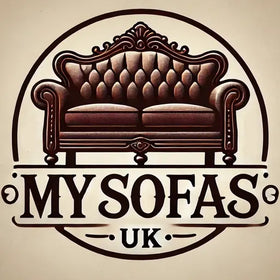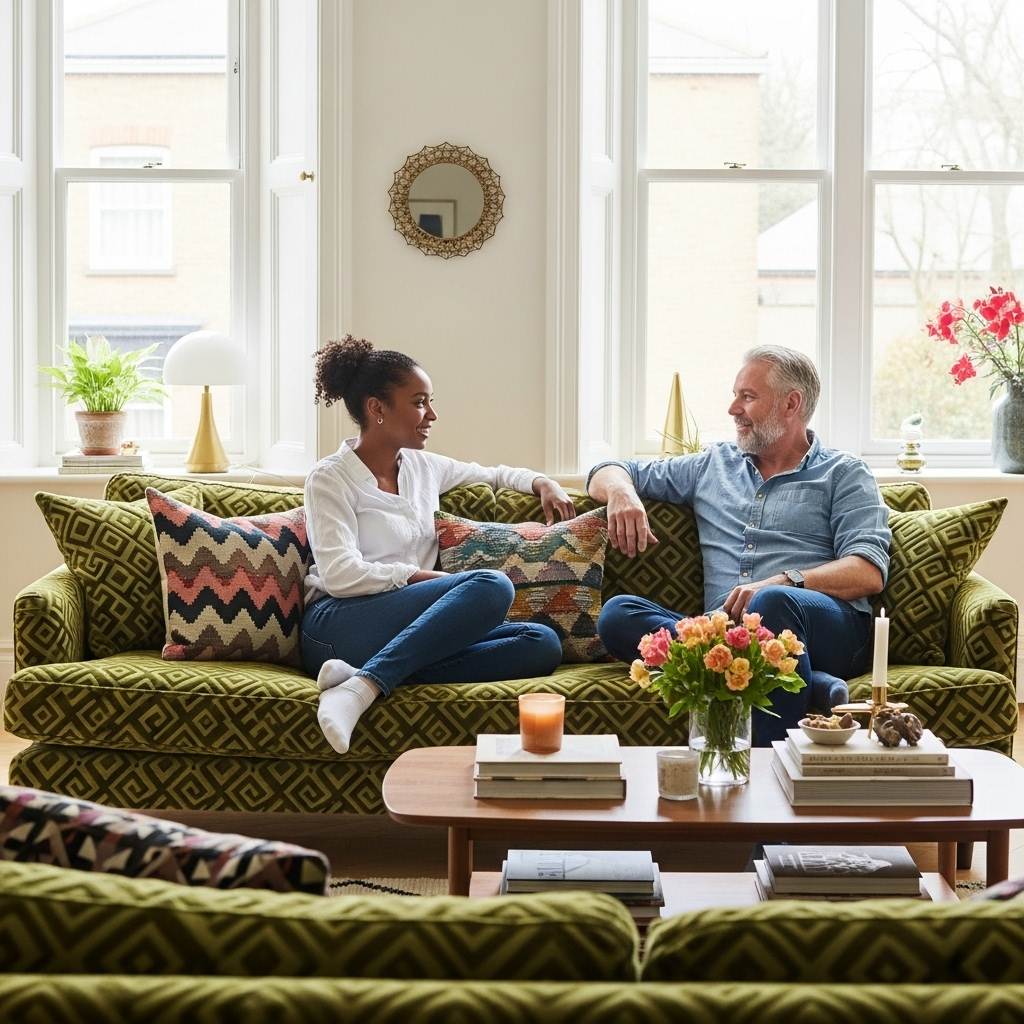Choosing a sofa is about more than just aesthetics; it's about everyday comfort, functionality, and durability. At the heart of this decision lies one fundamental question: fabric or leather? Both materials have their advantages and limitations, and the choice between them depends above all on your household's lifestyle and the style of your home.
Which material will work best for you? Read on to find out.
Style and Aesthetics – First Impressions Matter
Fabric sofas are distinguished by their sheer wealth of colours and textures. From warm, cosy velvet to modern, matte microfibre – the possibilities are almost endless. Fabric absorbs colour brilliantly, meaning you can find everything from deep greens and fashionable beiges to pastel pinks.
Leather sofas, on the other hand, possess an inimitable chic and timeless elegance. Genuine leather – whether smooth or textured – gains character with age, maturing gracefully and never going out of style. It's a perfect fit for industrial, classic, and loft-style interiors.
Our Tip: If your living room needs a bold statement piece, opt for a sofa in a vibrant fabric. If you're looking for something understated yet luxurious, leather will be the perfect choice.
Everyday Comfort
This is where the real, tangible differences in daily use begin to show.
Fabrics are generally soft and "warm" to the touch. They offer a sense of cosiness that can't be overstated, especially on long winter evenings. A child or a cat will happily curl up for a nap on a velvet sofa.
Leather, though cooler on first contact, quickly adapts to your body temperature. In the summer, however, it can feel a little sticky during prolonged contact – especially against bare skin. Nevertheless, many people value its firm support and smooth surface, which makes it easy to shift your position.
Durability and Resistance to Damage
Here, leather takes the lead – provided we're talking about good-quality, genuine leather. It is resistant to wear and tear, doesn't absorb dust, and – with regular care – can last for over a decade without showing visible signs of use.
The durability of fabrics, however, varies by type. Velvet looks elegant but can be snagged more easily. Microfibre and structural weaves are far more resistant to abrasion, though they may be prone to pilling (or 'bobbling') in heavily used areas.
For families with children or pets, a sofa made from a water-repellent ("easy-clean") fabric or one with a protective coating can be an excellent compromise.
Cleaning and Maintenance
Leather is easy to maintain – a soft cloth and a suitable conditioner every few months is all it takes. Dust doesn't penetrate the material's structure, a feature that allergy sufferers will appreciate.
Fabrics require more care. This means regular vacuuming, removing stains with special upholstery cleaners, and, ideally, having removable covers that can be washed. For tougher stains, steam cleaners or professional upholstery cleaning services can be a great help.
Price – An Investment for Years to Come
As a rule, leather sofas are more expensive, due to the cost of the material and a more complex manufacturing process. However, this price is reflected in its durability – not only does leather look prestigious, but it also "holds its shape" for longer.
Fabric sofas are more budget-friendly and offer a wider selection at a lower price point, allowing you to change your decor more frequently without feeling guilty.
The choice between a leather and a fabric sofa depends on many factors: lifestyle, aesthetics, practicality, and budget. What's important is that the decision is a considered one, tailored to the daily needs of everyone in the home.


